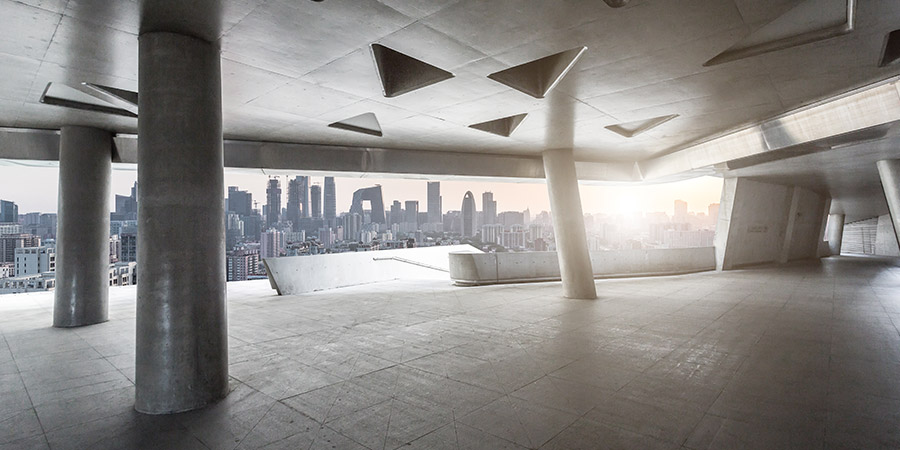Is concrete a sustainable building material?
Five Surprising Ways in which Concrete Reduces Environmental Impacts

When we think about concrete, environmental sustainability is not always the first thing that comes to mind. But this popular building material actually provides a number of significant environmental benefits.
1. Reusing and reducing waste: Concrete manufacturing uses waste products from power plants (such as fly ash) and steel plants (such as blast furnace slag), keeping these materials out of landfills.
2. Extending building lifespan: Concrete won’t rust, burn or rot like other materials, such as metal or wood. It increases the durability of structures, providing them with a longer lifespan than many other building products, and reducing material use over time. Bonus: using certain concrete admixtures can improve the building lifespan even further.
3. Cooling urban heat islands: Many cities have become urban heat islands –regions where the air temperature is significantly higher than in surrounding communities. This can lead to higher energy demand (for extra cooling), more air pollution, and related illnesses. Concrete reflects more of the sun’s rays compared to other heat absorbing materials, helping to keep the area cooler.
4. Reducing storm water runoff: During heavy rains, excess storm water often overwhelms drainage systems, causing flooding, which can pollute nearby water bodies such as streams and ponds. Additional development tends to make this problem worse, by further reducing the absorptive capacity of the area. Today, however, contractors can choose pervious concrete for pavements, driveways and car parks. This special type of concrete is porous and allows water to drain through it, reducing runoff and replenishing groundwater.
5. Recycling building materials: Concrete is a recyclable building product. When a structure has reached the end of its lifespan, the concrete can be crushed and recycled into aggregate for use in pavements or road bases. This helps reduce the need for aggregate mining in the future and keeps material out of landfills. Recent introduction of new chemical additive technologies for use by aggregate producers, allows them to minimise waste and increase the life of their quarries.
Building construction has a direct impact on the environment, but recent innovations and thoughtful application can go a long way toward improving the sustainability of the industry. As demand for eco-friendly construction continues to grow, so will the options available.
Tags
- CONCERA®
- Cement production
- Concrete
- Concrete admixtures
- Engineer
- Structural Solutions